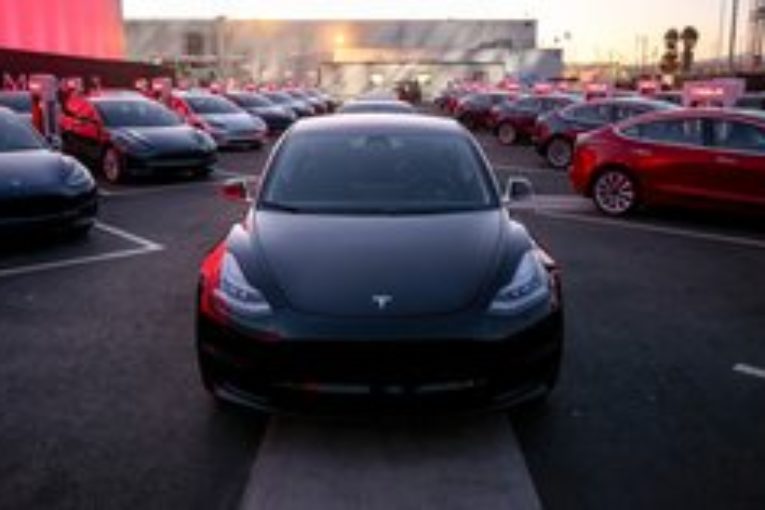
Zero emission vehicles accounted for 3.5% of new passenger car sales in Canada – with B.C. leading the pack at 10% of new sales – since a new federal subsidy was introduced in May, according to a new report by Electric Mobility Canada.
For the third quarter (July through September), ZEVs accounted for about 8% of new light duty vehicle sales in B.C.. Year-to-date, ZEVs accounted for 8.5% of new vehicle sales in B.C. in 2019.
Quebec had the second highest rates of new ZEVs sales at 7%.
The spike in sales of ZEVs (battery electric, plug-in hybrids and hydrogen vehicles) were the result of a new federal subsidy that, when that can be stacked on top of provincial subsidies in both B.C. and Quebec.
When the $5,000 federal rebate was combined with provincial subsidies, it meant British Columbians were eligible for up to $16,000: $5,000 under the CEV for BC program, and up to $6,000 for trading in an older car under the Scrap It program.
The province has since dropped the CEV for BC rebate to $3,000.
Under the CleanBC program, the provincial government is also now mandating that 10% of new cars sold in B.C. to be low or zero emission by 2025. Year-to-date, B.C. is already only about 2% away from that target.
According to the Electric Mobility study, 16,091 ZEVs were sold in Canada in Q3. To put that in context, total motor vehicle sales in Canada in 2018 was 2 million, of which passenger cars made up 578,025, according to Statistics Canada.
B.C., Ontario and Quebec account for the bulk of ZEV sales. Of the estimated 136,000 ZEV owners in Canada, those three provinces account for 131,300.
From a greenhouse gas mitigation standpoint, it makes sense for B.C., Ontario and Quebec to be the leaders in ZEV sales, since they all have power grids that are close to zero emissions, thanks to hydro power in B.C. and Quebec, and both hydro and nuclear power in Ontario.
They make less sense in places like Alberta and Saskatchewan, which still derive much of their power from coal and natural gas, and also fdon’t offer provincial subsidies.
Also, there’s the weather factor. Manitoba has clean hydro power, but it also has bitter cold winters, which sap electric vehicles of power and reduce battery efficiency. It also has no provincial ZEV subsidies.
That may account for the fact that there are only about 600 ZEVs on the road in Manitoba, and only 10 in the Yukon.
If ZEV sales continued at Q3 levels, Electric Mobility estimates 15% to 20% of light duty vehicles on the road in B.C. would be ZEVs.
Whether that rate of adoption continues, however, depends on how long federal and provincial government continue to offer subsidies, and how quickly the cost of ZEVs come down to make them competitive with gas and diesel vehicles.
Globally, the International Energy Agency’s new World Energy Outlook, released this week, projects that under the most optimistic “sustainable development scenario” (based on Paris Agreement signatories meeting their targets), more than 80 million electric cars would be sold each year 2040, “accounting for three-quarters of total car sales, and conventional car sales are only 30% of today’s level.”
Under the more conservative “stated policies” scenario, the IEA projects annual electric car sales to grow from 2 million today to 20 million in 2030, and 30 million in 2040
You can read more of the news on source
